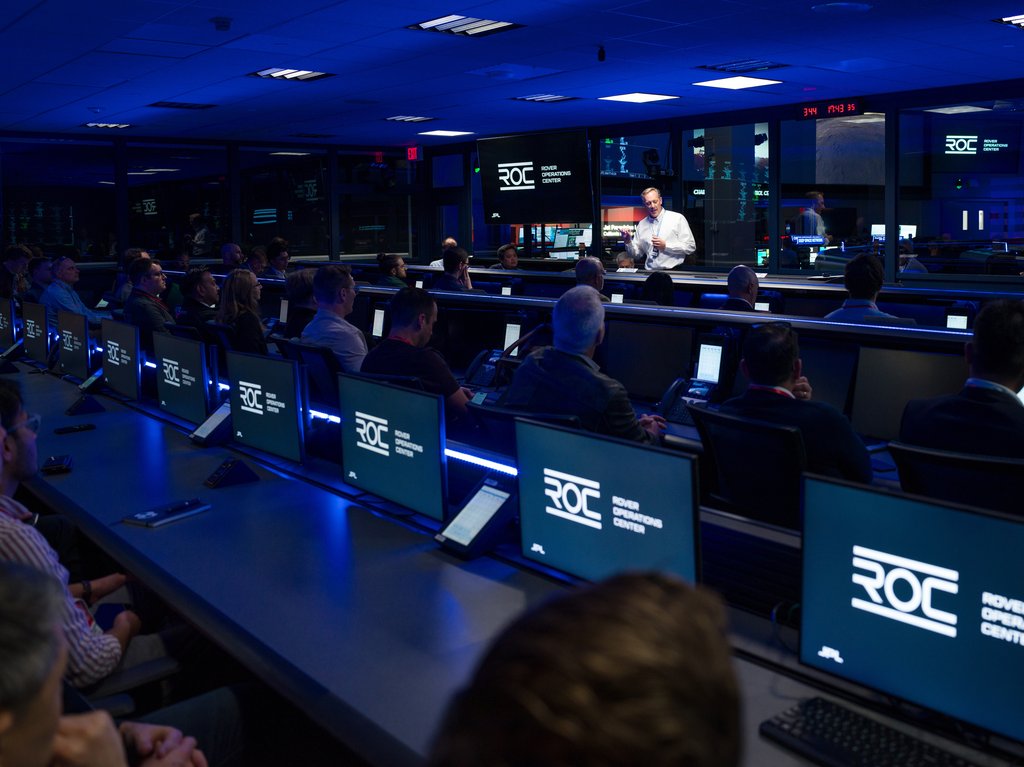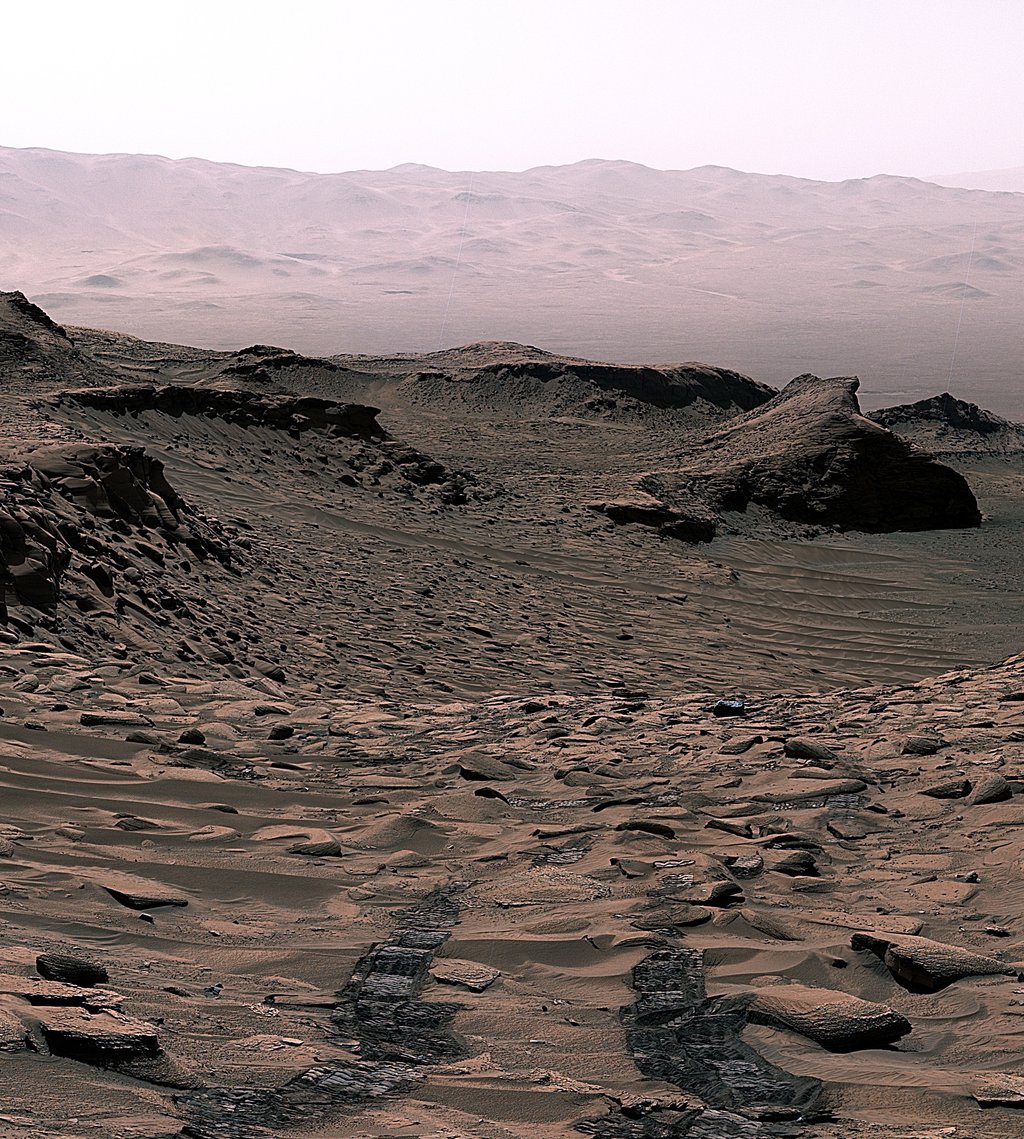
Robotics at JPL
Precursors to Human Exploration
Robotics at JPL
JPL is the lead NASA center for robotic exploration, which means we send robots, not humans, into space.
NASA has plans in the works to overcome huge challenges and send humans to Mars. In the meantime, we've been sending rovers, landers, and orbiters to the surface of the Red Planet, and developing technologies to dispatch more advanced robots to other solar system destinations, such as the Moon, asteroids, and Jupiter's icy moon Europa.
Many locales include such obstacles as craggy cliffs, steep canyons, and slick ice covering a subsurface ocean. We need to design and build robots that can safely navigate and survive those challenging features and serve as our agile stand-in explorers.
JPL has developed sophisticated software for all the Mars rovers we've sent that lets us maintain control here on Earth. Yet we also write software that allows the rovers to drive on the Martian surface as independently as possible, place instruments on the surface, and use their cameras and other instruments to see and sense their surroundings.
Going Out on a Limb for Exploration
To explore future solar system destinations, we're experimenting with various designs using limbs and wheels.
For example, a four-limbed, 64-fingered rover named LEMUR (Limbed Excursion Mechanical Utility Robot) was developed to scale rock walls by gripping with hundreds of tiny fish hooks on each finger. That test project led to a new generation of robots that can walk, climb, crawl, and even use grippers like a gecko to attach to surfaces.
As for robots that roll ... JPL is, in fact, reinventing the wheel, or at least various wheeled vehicles. The Axel Rover has two wheels and a link that trails behind, and a more recent DuAxel attaches two Axel Rovers to one another. They roll along as a duo until they encounter a steep slope. That's when the two Axels separate, remaining attached only by a tether, while one rolls away to rappel down the slope, then return to its partner. Other two-wheelers include a small, foldable, shoebox-sized robot called A-PUFFER that could someday scour areas of the Moon not accessible to astronauts, and BRUIE, a submersible rover that could eventually explore the subsurface oceans of the solar system’s icy moons.
These multiple configurations provide more options for exploring Earth's Moon, Mars, and possibly Europa. And for above-surface exploration, prototype airships are being tested to fly through the atmospheres of Venus and Saturn's moon Titan. Future helicopter designs are being developed, to follow up on the Mars Helicopter carried by the Mars 2020 Perseverance rover.








